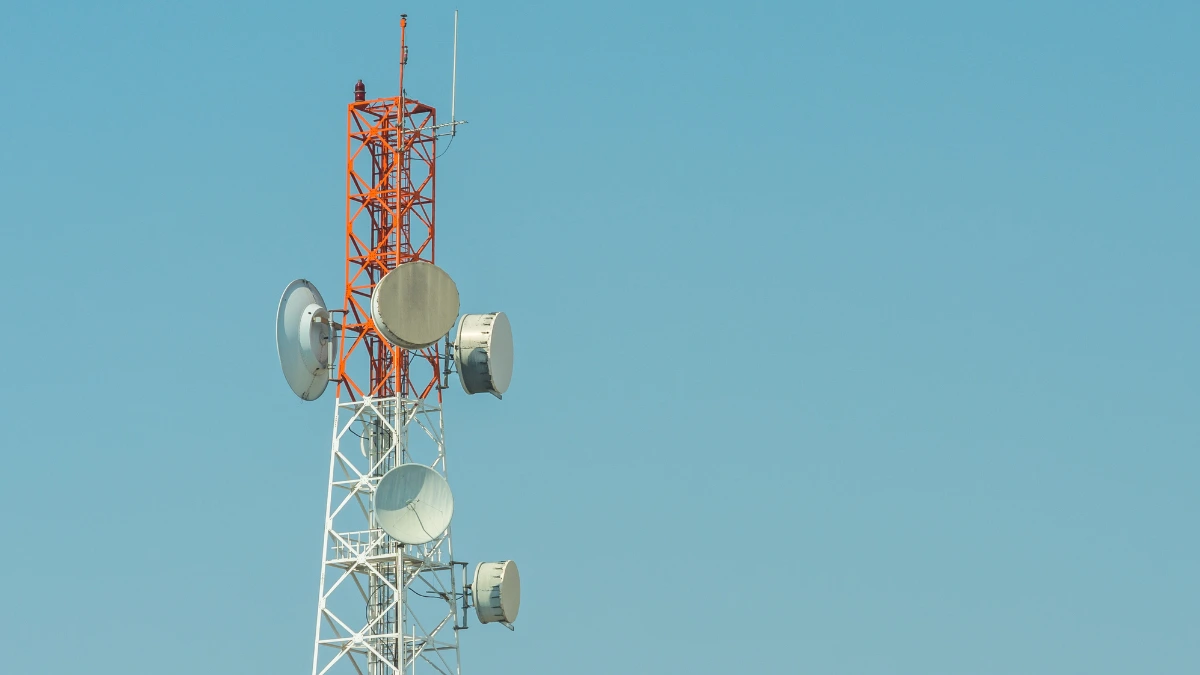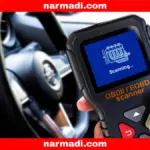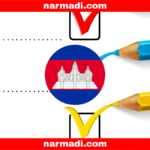A microwave Link is a wireless communication system that uses microwaves to transmit information from one point to another.
With the increasing use of Microwave Link technology, the Indonesian government through Decree of the Minister (KEPMEN) No 619 Tahun 2024 from the Ministry of Communication and Digital (KOMDIGI) has established wireless power transmission testing standards to ensure that these devices are safe, efficient, and do not interfere with each other.
This regulation is intended to ensure that all wireless power transmission devices circulating in Indonesia must ensure their quality, safety, and compliance with applicable regulations through testing standards.
Also Read
This article will completely talk about the Microwave Link testing guidelines based on the most recent directions, counting the certification steps you require to know.
Table of Contents
New Regulations on Microwave Link

KEPMEN KOMINFO No 619 Tahun 2024 specifies wireless power transmission operational frequencies to ensure devices work without interfering with other devices.
This control covers radio recurrence prerequisites, greatest transmit control, and testing for wild outflows (spurious emissions).
The following are the standard specifications:
| Radio Frequency | Channel Separation (MHz) | |
| Radio Frequency Band (GHz) | Radio Frequency Range | |
| U4 | 4400-5000 MHz | 40 |
| U6 | 6425-7110 MHz | 40 |
| 7 | 7125-7425 MHz | 7; 14; 28; 56 |
| 7425-7725 MHz | 7; 14; 28; 56 | |
| 8 | 7725-8275 MHz | 29,65; 59,3 |
| 8275-8500 MHz | See notes | |
| 11 | 10,7-11,7 GHz | 40 |
| 13 | 12,75-13,25 GHz | 7; 14; 28; 56 |
| 15 | 14,4-15,35 GHz | 7; 14; 28; 56 |
| 18 | 17,7-19,7 GHz | 7 |
| 23 | 21,2-23,6 GHz | 7; 14; 28; 56; 112; 224 |
| 32 | 31,8-33,4 GHz | 14; 28; 56; 112 |
| 38 | 37-39,5 GHz | 14; 28; 56; 112 |
| 80 | 71-76 GHz pairs with 81-86 GHz | 125; 250; 500; 1000; 1250; 1500; 200 |
| Notes: The channel separation used is: 1. 28 MHz for 28 MHz bandwidth measurements; And 2. 56 MHz for 56 MHz bandwidth measurements. | ||
Microwave Link Test Method

Microwave Link testing is carried out to ensure the device meets technical standards. Ministerial Decree of the Ministry of Communication and Digital No. 619 of 2024. Here are some of the main points in the test:
- Electrical Safety Testing Methods: The device must comply with the electrical safety standards set out in SNI IEC 60950- 1:2016, SNI IEC 62368- 1:2014, and/or IEC 62368-1.
- Electromagnetic compatibility (EMC) Testing Methods: Referring to international standards such as ETSI EN 301 489-1 v2.1.1; ETSI EN 301 489-4 v3.1.1; SNI IEC CISPR 32:2015; IEC CISPR 32, and/or testing method determinate by General Director.
- Radio Frequency Test Method: Using 5.2.1 ETSI EN 302217-2 and/or 5.2.1 ETSI EN 301 126-1 standards to measure transmit power (RF output power).
Microwave Link Certification Process in Indonesia

For Microwave Link devices to be used legally in Indonesia, certification from DJID is required. Here are the steps to get it:
Pre-testing the device
Before official testing, the device must be pre-tested first using measuring equipment such as a spectrum analyzer.
This helps ensure devices meet technical standards before being tested in authorized laboratories.
Testing at an official laboratory
After passing the pre-testing, the gadget will be sent to an assigned official research facility to experience testing by the guidelines stipulated in the Ministerial Decree of the Ministry of Communication and Digital No. 619 of 2024.
Issuance of certificates
After the device passes testing, an official certificate will be issued by DJID. This certificate is a requirement to market the device legally in Indonesia.
Tips to ensure standards compliance
- Learn the latest regulations: Make sure you understand every detail of the Ministerial Decree of the Ministry of Communication and Digital No. 619 of 2024, including technical requirements and test methods.
- Perform pre-testing: Before official testing, perform pre-testing to ensure the device meets standards. If you don’t have a measuring instrument, use the DJID certification service which provides pre-testing services.
- Counsel a master: If this is your to begin with time looking for certification, consider utilizing the administrations of experienced DJID certification administrations.









